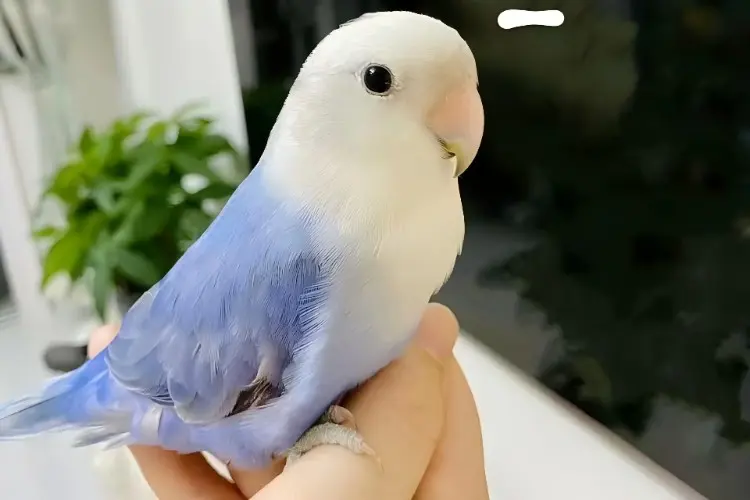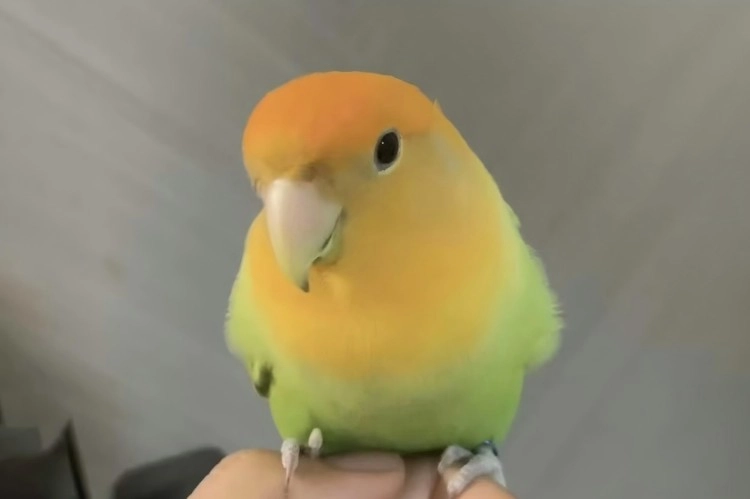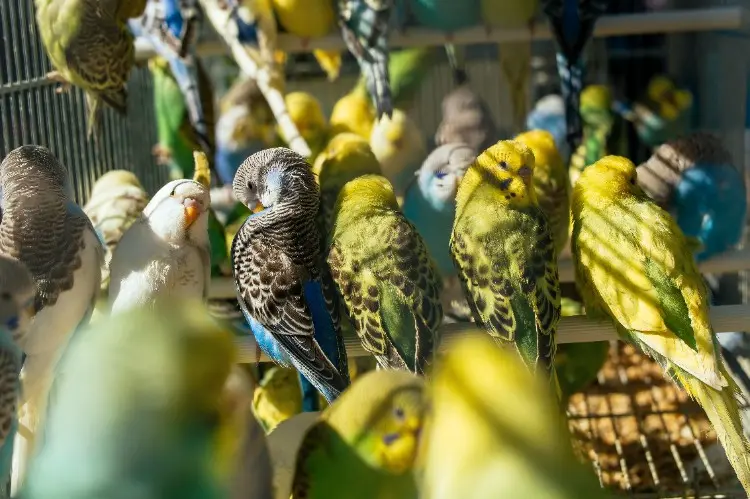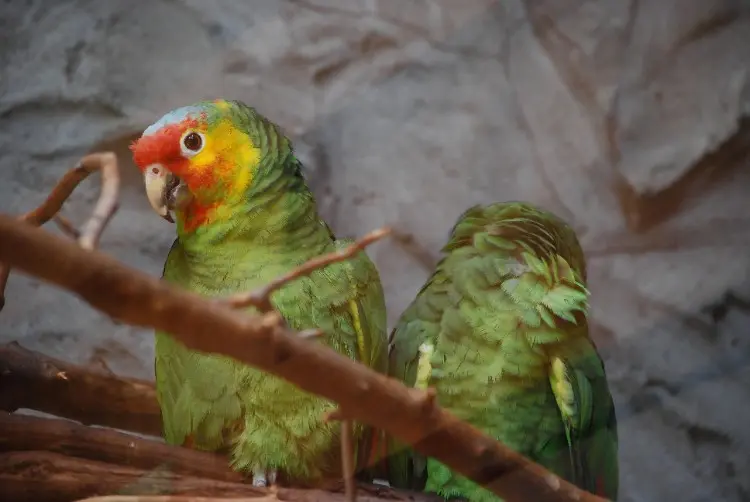Is Hypochlorous Acid Safe for Parrots?
As parrot enthusiasts, we constantly seek the best for our feathered companions. A question that often arises is: Is hypochlorous acid (HOCl) safe for parrots? Let's explore this topic together.

Understanding Hypochlorous Acid (HOCl)
Hypochlorous acid is a naturally occurring compound produced by the white blood cells of mammals, including humans. It plays a crucial role in our immune system by combating invading pathogens. In recent years, HOCl has gained attention for its potent antimicrobial properties, making it a popular choice for disinfection and wound care.
HOCl's Efficacy in Killing Pathogens
HOCl is renowned for its ability to swiftly and effectively kill a broad spectrum of pathogens, including bacteria, viruses, and fungi. Studies have demonstrated that even in trace amounts, HOCl can eliminate most pathogens within 30 seconds of exposure.
How Does HOCl Kill Pathogens?
Unlike traditional disinfectants, which rely on harsh chemicals, HOCl works by penetrating microbial cell walls and disrupting their internal structures. This method is highly effective while remaining non-toxic to humans and animals.
Safety of Hypochlorous Acid Around Parrots
When it comes to our avian friends, safety is paramount. The good news is that hypochlorous acid is considered safe for use around birds, including parrots. Its non-toxic nature ensures that it doesn't pose harm when used appropriately. For instance, products like Solosan Bird Disinfectant, which contain HOCl, are marketed specifically for avian care, emphasizing their safety and efficacy.

Applications of HOCl in Avian Care
Incorporating HOCl into our parrot care routines can offer numerous benefits:
1. Disinfection
HOCl can be used to sanitize cages, perches, and toys, ensuring a hygienic environment for our birds. Its potent antimicrobial properties help in reducing the risk of infections.
2. Wound Care
For minor cuts or abrasions, HOCl solutions can aid in cleaning the wound and promoting healing, thanks to their gentle yet effective nature.
3. Air Quality Maintenance
Using HOCl-based sprays can help in maintaining air quality by neutralizing airborne pathogens, benefiting both the birds and their human caregivers.
4. Water Treatment
HOCl is also used in water treatment systems to ensure safe drinking water for parrots. By eliminating harmful bacteria without adding toxic chemicals, it keeps our birds hydrated and healthy.

Considerations and Best Practices
While HOCl is safe, it's essential to use it correctly:
· Concentration Matters: Ensure that the HOCl solution is appropriately diluted. High concentrations might be unnecessary and could potentially cause irritation.
· Avoid Aerosolization: While HOCl is safe, creating fine mists or aerosols can be irritating if inhaled in large amounts. It's best to use it as directed and avoid spraying directly near the bird's face.
· Storage: Store HOCl solutions in a cool, dark place to maintain their efficacy.
Comparing HOCl with Other Disinfectants
Many traditional disinfectants contain harsh chemicals that can be harmful to birds. HOCl provides a safer alternative:
Disinfectant Type | Effectiveness | Safety for Birds | Residue-Free? |
Bleach (Sodium Hypochlorite) | High | Toxic | No |
Alcohol-Based Cleaners | Moderate | Irritating | No |
Hydrogen Peroxide | Moderate | Safe if diluted | No |
Hypochlorous Acid (HOCl) | High | Safe | Yes |
How to Choose the Right HOCl Generator
Investing in an HOCl generator allows you to produce fresh hypochlorous acid at home. When selecting a generator, consider:
· Ease of Use: Look for a system with simple operation.
· Production Capacity: Choose one that meets your needs.
· Purity Levels: Ensure the generator produces stable and effective HOCl.
Conclusion
Incorporating hypochlorous acid into our parrot care routines can be a game-changer, offering effective disinfection and promoting overall health. Its natural origin and safety profile make it a valuable tool for ensuring our feathered friends thrive in a clean and safe environment.

